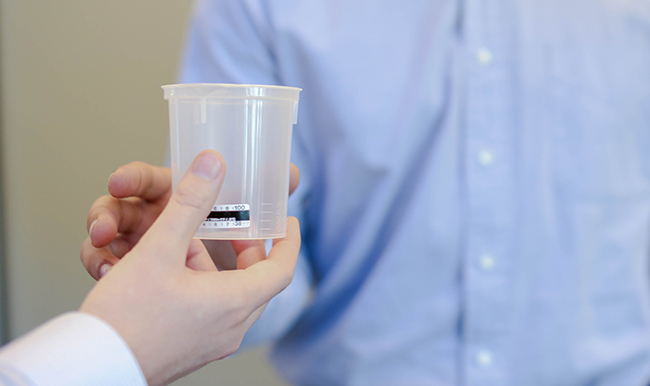 Return-to-duty drug testing is for employees who have previously tested positive for illicit substances or violated a company’s drug and alcohol policy. For both the general U.S. workforce and the federally-mandated safety sensitive workforce, return-to-duty drug testing is a single test that is performed at a scheduled time, typically following the completion of a drug abatement program.
Return-to-duty drug testing is for employees who have previously tested positive for illicit substances or violated a company’s drug and alcohol policy. For both the general U.S. workforce and the federally-mandated safety sensitive workforce, return-to-duty drug testing is a single test that is performed at a scheduled time, typically following the completion of a drug abatement program.
While companies within the general U.S. workforce can set their own rules and guidelines for return-to-duty tests, the safety-sensitive, federally-mandated workforce is governed by specific regulations. Under federally-mandated testing guidelines, return-to-duty drug tests are performed after one of three events – a positive drug test result, a refusal to test or the violation of a specific drug or alcohol rule. Before completing the return-to-duty test, an employee must be evaluated by a Substance Abuse Professional (SAP) and complete any counseling or treatment deemed necessary by the SAP. Return-to-duty drug tests must be conducted under direct observation for all federally-mandated employees.
Positivity Rates
Results from the 2014 Quest Diagnostics Drug Testing Index™ (DTI) show that, as with all previously discussed reasons for testing, return-to-duty urine drug test positivity rates are higher in the general U.S. workforce (6.4 percent) than in the federally-mandated workforce (2.9 percent).
Testing Prevalence
Data gathered from the 2014 Quest Diagnostics DTI show that return-to-duty testing accounts for only 0.3 percent of all urine drug tests in both the general U.S. workforce and the federally-mandated, safety-sensitive workforce. As with reasonable suspicion and post-accident drug testing, return-to-duty drug tests are not performed by all employers and are often used on a more specific, as needed basis.
Specimen Types
Urine is the only specimen type permitted for federally-mandated drug testing programs, regardless of the reason for testing. Leveraging data from the DTI for return-to-duty drug tests in the general U.S. workforce, positivity rates in 2014 were as follows for both specimen types:
- Urine – 6.4 percent
- Oral fluid – 8.7 percent
In Conclusion
Unlike most of the other reasons for testing we will cover in this series, return-to-duty testing often yields comparatively higher positivity rates due to the specific circumstances under which they are performed. When utilized in combination with other reasons for testing, return-to-duty drug testing can play an important role in helping to maintain a drug-free workplace.
For more information about drug testing, visit our website.
Employers design drug-free workplace programs to protect their organizations from the adverse impacts of drug abuse and promote productivity, health and safety. Every drug testing type and method has its strengths and employers must choose which works best for their organizations.
This blog series explores the different reasons for drug testing, the frequency of each and the specific pros and cons each one provides. Read the introductory post to learn more about the series.
 Your Privacy Choices
|
Privacy Notices
|
Terms
|
Language Assistance / Non-Discrimination Notice | Asistencia de Idiomas / Aviso de no Discriminación | 語言協助 / 不䈚視通知
Your Privacy Choices
|
Privacy Notices
|
Terms
|
Language Assistance / Non-Discrimination Notice | Asistencia de Idiomas / Aviso de no Discriminación | 語言協助 / 不䈚視通知




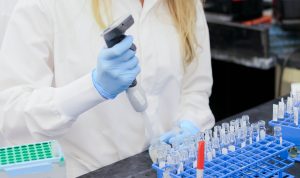
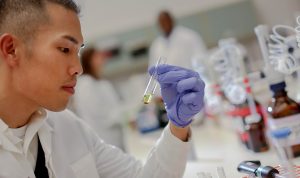

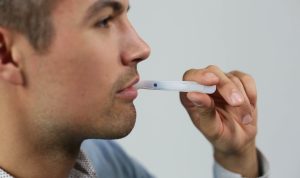
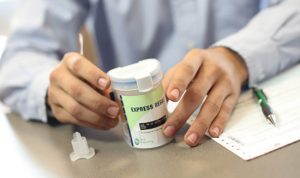
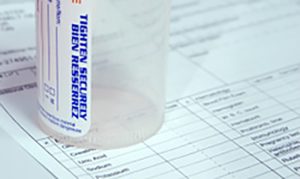
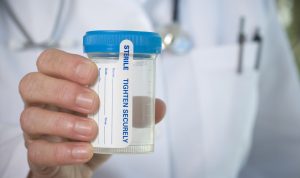




While companies within the general U.S. workforce can set their own rules and guidelines for return-to-duty tests, the safety-sensitive, federally-mandated workforce is governed by specific regulations. Under federally-mandated testing guidelines, return-to-duty drug tests are performed after one of three events – a positive drug test result, a refusal to test or the violation of a specific drug or alcohol rule. Before completing the return-to-duty test, an employee must be evaluated by a Substance Abuse Professional (SAP) and complete any counseling or treatment deemed necessary by the SAP. Return-to-duty drug tests must be conducted under direct observation for all federally-mandated employees.
Positivity Rates
Results from the 2014 Quest Diagnostics Drug Testing Index™ (DTI) show that, as with all previously discussed reasons for testing, return-to-duty urine drug test positivity rates are higher in the general U.S. workforce (6.4 percent) than in the federally-mandated workforce (2.9 percent).
Testing Prevalence
Data gathered from the 2014 Quest Diagnostics DTI show that return-to-duty testing accounts for only 0.3 percent of all urine drug tests in both the general U.S. workforce and the federally-mandated, safety-sensitive workforce. As with reasonable suspicion and post-accident drug testing, return-to-duty drug tests are not performed by all employers and are often used on a more specific, as needed basis.
Specimen Types
Urine is the only specimen type permitted for federally-mandated drug testing programs, regardless of the reason for testing. Leveraging data from the DTI for return-to-duty drug tests in the general U.S. workforce, positivity rates in 2014 were as follows for both specimen types:
In Conclusion
Unlike most of the other reasons for testing we will cover in this series, return-to-duty testing often yields comparatively higher positivity rates due to the specific circumstances under which they are performed. When utilized in combination with other reasons for testing, return-to-duty drug testing can play an important role in helping to maintain a drug-free workplace.
For more information about drug testing, visit our website.
Employers design drug-free workplace programs to protect their organizations from the adverse impacts of drug abuse and promote productivity, health and safety. Every drug testing type and method has its strengths and employers must choose which works best for their organizations.
This blog series explores the different reasons for drug testing, the frequency of each and the specific pros and cons each one provides. Read the introductory post to learn more about the series.